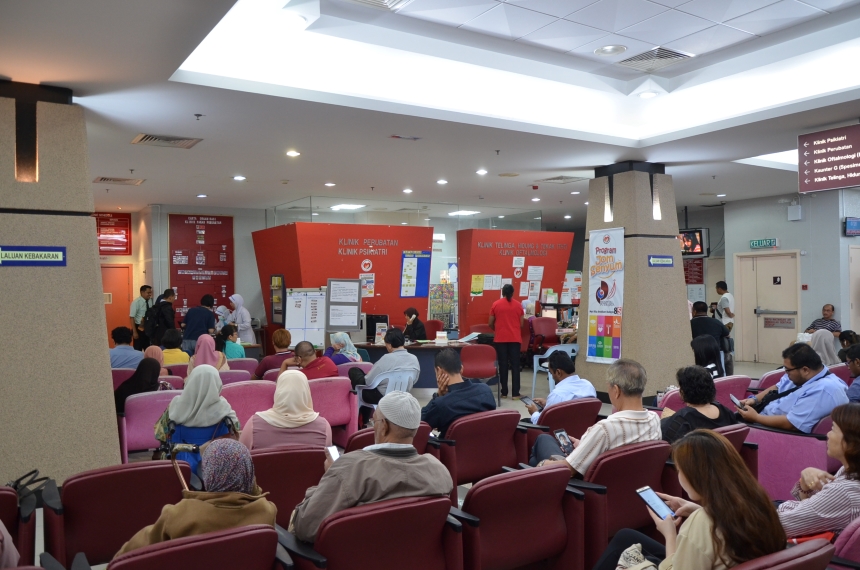Like private sector organisations, those in the government should identify and fulfil the needs of citizen customers in order to enhance the customer experience.
Establishing a comprehensive view of the customer experience will then allow government agencies and departments to improve their service delivery more effectively.
To that end, Tony D’Emidio and Jonah Wagner from global management consulting firm McKinsey and Co. suggest following three basic steps:
Step one is to understand the customers that government organisations are actually serving.

While a one-size-fits-all service enables them to serve every kind of citizen customer ‘fairly’, the reality is that even in government services, there is no standard or “average” customer that reflects the general needs, preferences and behaviours of everyone else.
Thus, government organisations should determine their customer base by way of segmentation and customer profile development to provide differentiated services.
“Creating a rich picture of a customer base requires macro-level analysis of the core segments served, as well as analysis at the micro-level—of the traits, behaviours, needs, and beliefs of representative individuals within each broader group,” explain D’Emidio and Wagner.
Step two is to map out and discern the government organisation’s customers’ journey with their services from beginning to end.
A journey-centric approach encourages collaboration between different agencies and departments to prioritise measures in areas that matter to their customers, thus improving the overall journey.
“Across industries, journey satisfaction is a far better predictor of overall customer experience and business outcomes than touchpoint satisfaction.
“Too many agencies only track touchpoint data, which leads them to invest in fixing problems in functional siloes rather than monitoring the journey from beginning to end,” say D’Emidio and Wagner.
Step three is to pinpoint ‘defining moments’ within and across the customer journey. These moments or experience drivers, which differ among agencies and departments, can significantly impact customers’ overall experiences with their services, especially when they are negative.
“One bad incident can deeply colour a customer’s overall impression of an agency,” note D’Emidio and Wagner.
“Identifying where and when such negative defining moments occur can help enable targeted interventions that have a big impact on outcomes.”
Interestingly, government organisations that are able to reduce bad incidents tend to have more satisfied customers than those that are unsuccessful, or even those that only focus on improving positive incidents.




